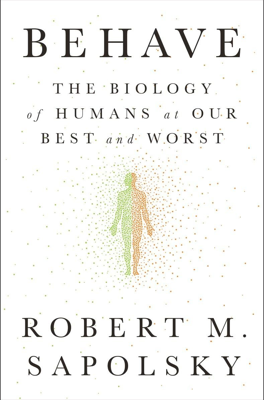The Behavior
Understanding Behavior and Definitions
The chapter explores the complexities of defining terms such as aggression, violence, empathy, and others due to ideological battles over their meanings. The discussion highlights different disciplinary perspectives on these terms, noting variances and commonalities. For instance, animal behaviorists and criminologists differ in their definitions of aggression, considering its offensive, defensive, impulsive, and premeditated forms. Similarly, altruism may be interpreted variously from psychological and neuroscientific standpoints.
Varieties of Aggression
A detailed examination of aggression is provided, discussing subtypes categorized by animal behaviorists, criminologists, and anthropologists. Differences are noted in: - Offensive versus defensive aggression - Conspecific aggression (between same species) and predatorial combat - Reactive (provoked) versus spontaneous aggression - Emotional "hot-blooded" and calculated "cold-blooded" aggression, along with displacement aggression where stress is redirected toward a soft target, an example being domestic violence when unemployment rises.
Positive Behaviors and Altruism
The chapter also scrutinizes more positive behaviors and asks tough questions about the existence and nature of altruism. Can acts be genuinely selfless, or are they influenced by expectations of reciprocity or public acclaim, as exemplified by the skepticism faced by organ donors to strangers?
The Contextual Nature of Behavior
Central to the discussion is the context dependency of behavior. Examples illustrate how similar actions (e.g., bandaging an injured person versus shooting a threatening alien) can be interpreted differently depending on the situation, activating similar brain circuits in the process. This highlights the nuance in behaviors that the book aims to explore, recognizing the complexity beyond simple labels of "good" and "evil."
Final Thoughts
The chapter sets the stage for a deeper exploration of the biology behind our best and worst behaviors, steering clear of over-simplification and embracing the nuanced reality of human actions and their interpretations across different contexts and disciplines. The approach promises a balanced view, avoiding extremes in categorizing behaviors purely as antisocial or prosocial, and instead focusing on the biological underpinnings that drive them.
